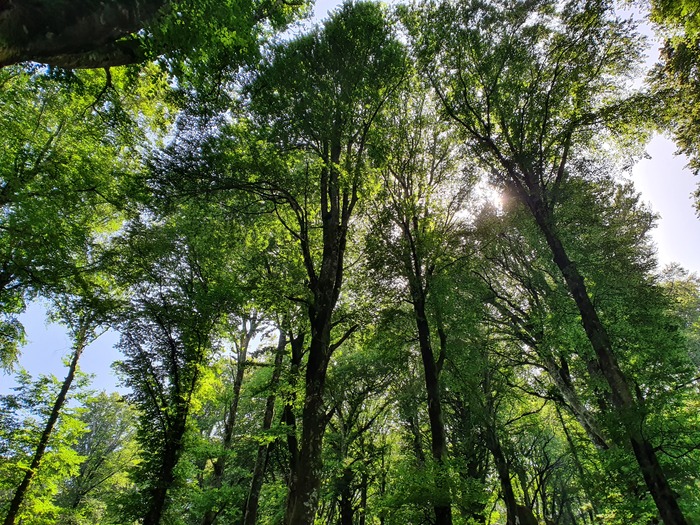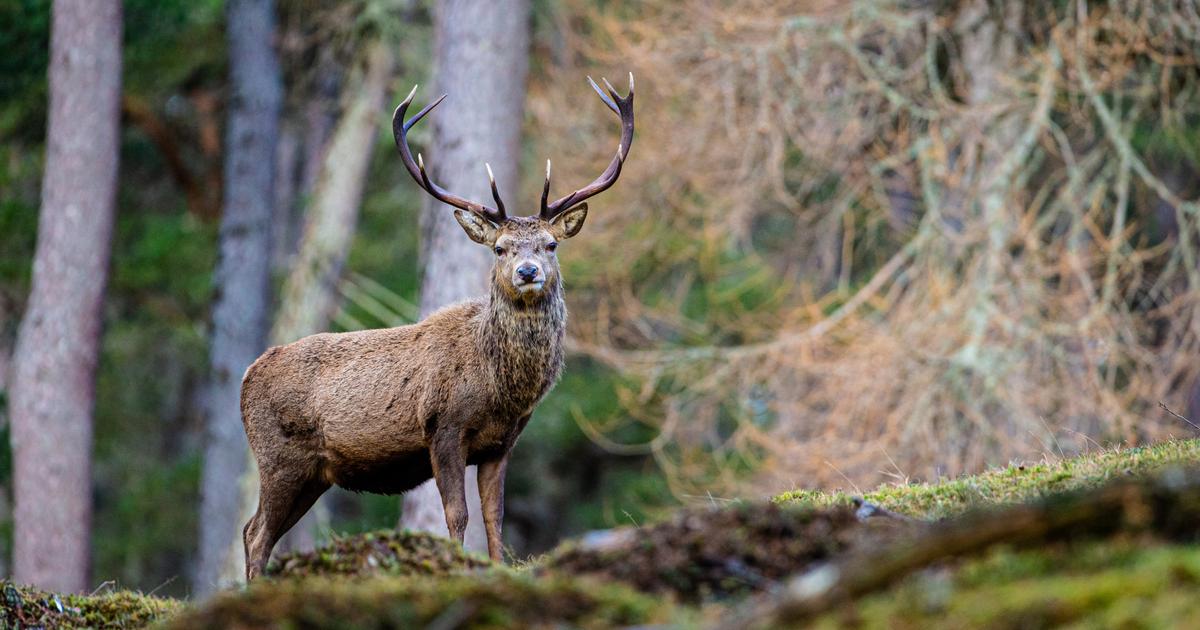Red alert in French forests.
This year, the leaves turned brown sometimes as early as July 14.
"Three successive springs and three dry summers," sighs Brigitte Musch, geneticist at the National Forestry Office (ONF).
We never knew that.
Some trees are literally dying of thirst.
For others, the effect of drought is more vicious: weakened by lack of water, they become ideal prey for pests, insects or fungi, which usually do little damage.
When the water tables empty, the different species each have their tricks to limit breakage: the oaks, economical, stop sweating so as not to waste a drop;
birch trees shed their leaves;
the clever lime trees shift their season to “autumn mode” from summer…
Alsace, Champagne, Lorraine: it's already a disaster
What works for a “normal” drought may go wrong this time around.
And the worst is undoubtedly ahead of us: "The consequences will emerge more clearly in the spring and beyond," the Minister of Agriculture is expected.
"While the observations of dieback were mainly concentrated on the southern half, they have developed a lot on the northern half", already alarmed in March the bulletin of the Department of Forest Health about Scots pine.
A large north-eastern quarter sees its trees give up their soul at high speed. In the forests of Alsace, Champagne or Lorraine, it is already a disaster.
The state has set up a national crisis unit, but there is no real solution to oppose the insects which, to make matters worse, take advantage of the heat to reproduce faster.
So the foresters, death in the soul, cut down with all their might.
The price of wood is collapsing.
The government has released 16 million euros to support the industry.
Whole swathes of French history are disappearing.
The plantations of Colbert, Minister of Louis XIV, like the emblematic Tronçais forest, in the Allier, have braved many trials, including the powerful storm of 1999. But these unprecedented droughts made them falter.
Likewise, the hectares inherited from the de Gaulle National Forest Fund are falling one after the other.
In 40 years, the forest will have another face, no doubt.
The threat of the disappearance of a species is real: in the 1970s, 99% of elms disappeared, struck by an imported disease.
That the beautiful, refreshing forests become grilled expanses is not science fiction either.
The Hardt forest is already in the process of “steppisation”.
Where majestic oak trees once stood, there is little left but brush and dead wood.
"In Vierzon (Cher), it is hardly better", adds Brigitte Musch.
Social distancing applied to trees
It is urgent to adapt the massifs to a future where droughts will be more frequent and more intense.
The Ministry of Agriculture recalls that it has devoted “for years, an annual budget of nearly one million euros to research and development programs on adaptation to climate change in forests”.
In Germany, where the situation is even more critical, the government has pledged 800 million euros for the bailout.
"There is not a miracle solution but measures that we are all testing at the same time", indicates the geneticist of the ONF.
First of these: apply “social distancing” to limit density and therefore competition between trees for access to water.
The monovarietal is also over: in the Vosges mountains, one of the most affected, we focus on "natural regeneration", that is to say that, even without planting, foresters are careful to let sycamore trees grow, rowan and maple trees at the foot of the conifers.
Choose essences used to dry summers
And to replace the majestic plants fallen under the onslaught of drought?
Either we go looking for the same tree but from lines from the South which, generation after generation, have adapted to dry summers;
or by "small touches", we put on essences a bit more "exotic".
Why not the cedar which, contrary to popular belief, is not from Lebanon but from Morocco, or the Nordmann fir which does not come from Lapland but from Turkey?
Newsletter My Earth
Every week, the environmental news seen by Le Parisien
I'm registering
Your email address is collected by Le Parisien to enable you to receive our news and commercial offers.
Learn more
“We are used to working for the long term, but the future is more and more unpredictable.
The whole of society must help us, urges Brigitte Musch.
If we continue on this warming trajectory, we will be + 4-5 ° C by 2100 and the question of the forest will simply no longer arise.
"
In Brive, even secular cedars are dying
This cedar, which is over 180 years old, has not withstood three consecutive summers of great drought.
PhotoPQR / The Mountain / Frédéric Lherpinière
“Of course, I had a heartache,” comments Benoît Lanchais.
At the beginning of August, perched on his basket, the arborist-climber had to cut down a venerable cedar over 180 years old in Brive-la-Gaillarde (Corrèze).
Even this 32 m tree, pruned for the Mediterranean climate, did not withstand the drought three summers in a row.
“Unfortunately, I am more and more often brought to cut remarkable specimens like this one, regrets the lover of the trees.
The water tables are dry, the roots can no longer find anything.
"
This dying man who was finishing his death in a private garden had to be debited in steres because he threatened to fall.
The owner of the land preferred to leave the premises before Benoît arrived: he did not want to attend the slaughter.









